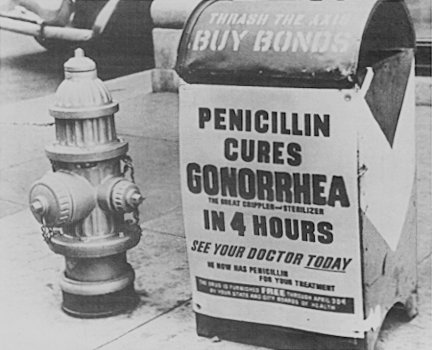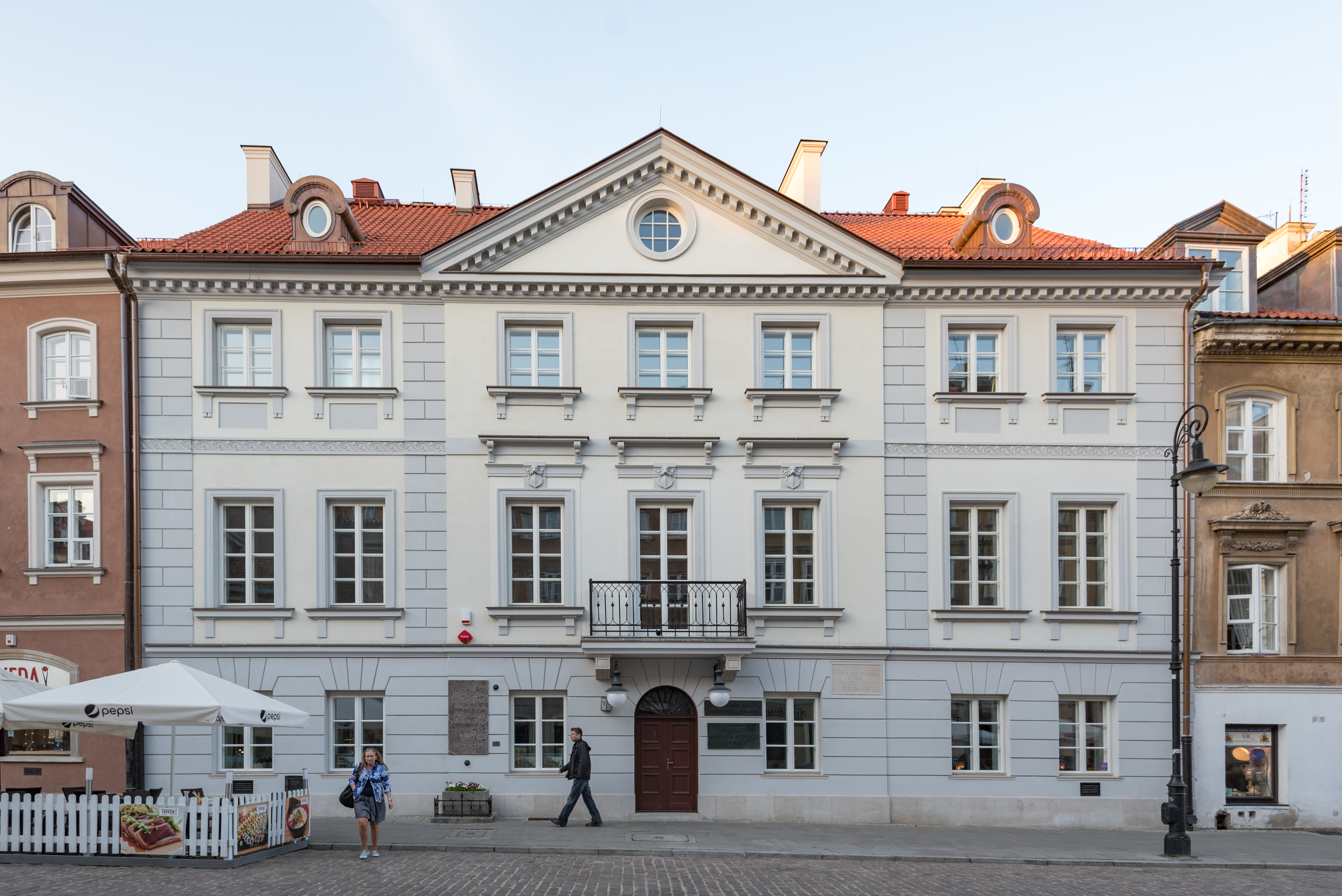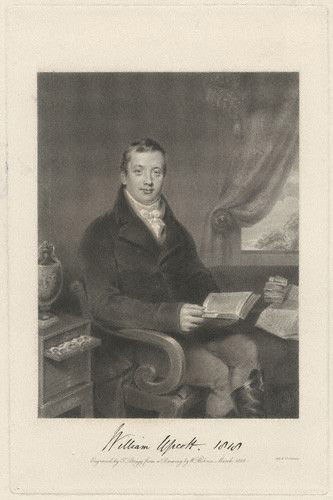|
Actonian Prize
The Actonian Prize was established by the Royal Institution as a septennial award for the "person who in the judgement of the committee of managers for the time being of the Institution, should have been the author of the best essay illustrative of the wisdom and beneficence of the Almighty, in such department of science as the committee of managers should, in their discretion, have selected". Each year the prize was to be awarded, announcements were published, and competitors for the prize were requested to send their essays to the Secretary of Royal Institution, Albemarle Street, London, and adjudication was made by the managers and announced a few months later. The prize was named for Hannah Acton who in 1838 left £1,000 to the Royal Institution in memory of her husband, the architect Samuel Acton, the income from which was to be spent for prizes for the best essay on the beneficence of the Almighty, as illustrative of a department of science.Benjamin Vincent, ''Haydn's Dictiona ... [...More Info...] [...Related Items...] OR: [Wikipedia] [Google] [Baidu] |
Royal Institution
The Royal Institution of Great Britain (often the Royal Institution, Ri or RI) is an organisation for scientific education and research, based in the City of Westminster. It was founded in 1799 by the leading British scientists of the age, including Henry Cavendish and its first president, George Finch. Its foundational principles were diffusing the knowledge of, and facilitating the general introduction of useful mechanical inventions and improvements, as well as enhancing the application of science to the common purposes of life (including through teaching, courses of philosophical lectures, and experiments). Much of the Institution's initial funding and the initial proposal for its founding were given by the Society for Bettering the Conditions and Improving the Comforts of the Poor, under the guidance of philanthropist Sir Thomas Bernard and American-born British scientist Sir Benjamin Thompson, Count Rumford. Since its founding it has been based at 21 Albemarle Street ... [...More Info...] [...Related Items...] OR: [Wikipedia] [Google] [Baidu] |
William Huggins
Sir William Huggins (7 February 1824 – 12 May 1910) was an English astronomer best known for his pioneering work in astronomical spectroscopy together with his wife, Margaret. Biography William Huggins was born at Cornhill, Middlesex, in 1824. In 1875, he married Margaret Lindsay, daughter of John Murray of Dublin, who also had an interest in astronomy and scientific research. She encouraged her husband's photography and helped to put their research on a systematic footing. Huggins built a private observatory at 90 Upper Tulse Hill, London, from where he and his wife carried out extensive observations of the spectral emission lines and absorption lines of various celestial objects. On 29 August 1864, Huggins was the first to take the spectrum of a planetary nebula when he analysed NGC 6543. He was also the first to distinguish between nebulae and galaxies by showing that some (like the Orion Nebula) had pure emission spectra characteristic of gas, while others ... [...More Info...] [...Related Items...] OR: [Wikipedia] [Google] [Baidu] |
Ralph Louis Wain
Ralph Louis Wain CBE FRS (29 May 1911 Hyde, Cheshire – 14 December 2000 Canterbury) was a British agricultural chemist. He read Chemistry at the University of Sheffield on scholarship, and with first class honours degree, and a Master of Science and PhD. He was advised by G.M. Bennett. He lectured in chemistry at the South Eastern Agricultural College at Wye, until 1939. During World War II, he conducted research at Long Ashton Research Station, at the University of Bristol. After the war, he was Head of the Chemistry Department and the Chair of Agricultural Chemistry at Wye College. He was Honorary Director of the Unit on Plant Growth Substances and Selective Fungicides at Wye. He lectured at University of Kent at Canterbury where he was Honorary Professor in 1977. He was married and had two children. [...More Info...] [...Related Items...] OR: [Wikipedia] [Google] [Baidu] |
Alexander Fleming
Sir Alexander Fleming (6 August 1881 – 11 March 1955) was a Scottish physician and microbiologist, best known for discovering the world's first broadly effective antibiotic substance, which he named penicillin. His discovery in 1928 of what was later named benzylpenicillin (or penicillin G) from the mould ''Penicillium rubens'' is described as the "single greatest victory ever achieved over disease." For this discovery, he shared the Nobel Prize in Physiology or Medicine in 1945 with Howard Florey and Ernst Boris Chain. He also discovered the enzyme lysozyme from his nasal discharge in 1922, and along with it a bacterium he named ''Micrococcus Lysodeikticus'', later renamed ''Micrococcus luteus''. Fleming was knighted for his scientific achievements in 1944. In 1999, he was named in ''Time'' magazine's list of the 100 Most Important People of the 20th century. In 2002, he was chosen in the BBC's television poll for determining the 100 Greatest Britons, and in 2009, h ... [...More Info...] [...Related Items...] OR: [Wikipedia] [Google] [Baidu] |
William Astbury
William Thomas Astbury Fellow of the Royal Society, FRS (25 February 1898 – 4 June 1961) was an English physicist and molecular biology, molecular biologist who made pioneering X-ray crystallography, X-ray diffraction studies of biomolecule, biological molecules. His work on keratin provided the foundation for Linus Pauling's discovery of the alpha helix. He also studied the structure for DNA in 1937 and made the first step in the elucidation of nucleic acid double helix, its structure. Early life Astbury was the fourth child of seven, born in Longton, Stoke-on-Trent. His father, William Edwin Astbury, was a pottery, potter and provided comfortably for his family. Astbury also had a younger brother, Norman, with whom he shared a love of music. Astbury might well have become a potter but, luckily, won a scholarship to Longton High School, where his interests were shaped by the Headmaster and second master, both chemists. After becoming head girl and head boy, head boy and win ... [...More Info...] [...Related Items...] OR: [Wikipedia] [Google] [Baidu] |
Archibald Vivian Hill
Archibald Vivian Hill (26 September 1886 – 3 June 1977), known as A. V. Hill, was a British physiologist, one of the founders of the diverse disciplines of biophysics and operations research. He shared the 1922 Nobel Prize in Physiology or Medicine for his elucidation of the production of heat and mechanical work in muscles. Biography Born in Bristol, he was educated at Blundell's School and graduated from Trinity College, Cambridge as third wrangler in the mathematics tripos before turning to physiology. While still an undergraduate at Trinity College, he derived in 1909 what came to be known as the Langmuir equation. This is closely related to Michaelis-Menten kinetics. In this paper, Hill's first publication, he derived both the equilibrium form of the Langmuir equation, and also the exponential approach to equilibrium. The paper, written under the supervision of John Newport Langley, is a landmark in the history of receptor theory, because the context for the derivation ... [...More Info...] [...Related Items...] OR: [Wikipedia] [Google] [Baidu] |
George Ellery Hale
George Ellery Hale (June 29, 1868 – February 21, 1938) was an American solar astronomer, best known for his discovery of magnetic fields in sunspots, and as the leader or key figure in the planning or construction of several world-leading telescopes; namely, the 40-inch refracting telescope at Yerkes Observatory, 60-inch Hale reflecting telescope at Mount Wilson Observatory, 100-inch Hooker reflecting telescope at Mount Wilson, and the 200-inch Hale reflecting telescope at Palomar Observatory. He also played a key role in the foundation of the International Union for Cooperation in Solar Research and the National Research Council, and in developing the California Institute of Technology into a leading research university. Early life and education George Ellery Hale was born on June 29, 1868, in Chicago, Illinois, to William Ellery Hale and Mary Browne.Adams 1939, p. 181. He is descended from Thomas Hale of Watton-on-Stone, Hertfordshire, England, whose son emigrate ... [...More Info...] [...Related Items...] OR: [Wikipedia] [Google] [Baidu] |
Marie Curie
Marie Salomea Skłodowska–Curie ( , , ; born Maria Salomea Skłodowska, ; 7 November 1867 – 4 July 1934) was a Polish and naturalized-French physicist and chemist who conducted pioneering research on radioactivity. She was the first woman to win a Nobel Prize, the first person and the only woman to win a Nobel Prize twice, and the only person to win a Nobel Prize in two scientific fields. Her husband, Pierre Curie, was a co-winner of her first Nobel Prize, making them the first-ever married couple to win the Nobel Prize and launching the Curie family legacy of five Nobel Prizes. She was, in 1906, the first woman to become a professor at the University of Paris. She was born in Warsaw, in what was then the Kingdom of Poland, part of the Russian Empire. She studied at Warsaw's clandestine Flying University and began her practical scientific training in Warsaw. In 1891, aged 24, she followed her elder sister Bronisława to study in Paris, where she earned her highe ... [...More Info...] [...Related Items...] OR: [Wikipedia] [Google] [Baidu] |
Agnes Mary Clerke
Agnes Mary Clerke (10 February 1842 – 20 January 1907) was an Irish astronomer and writer, mainly in the field of astronomy. She was born in Skibbereen, County Cork, Ireland, and died in London.For details of the life and work of Agnes Clerk, see Family Agnes Clerke was the daughter of John William Clerke (c. 1814–1890) who was, at the time, a bank manager in Skibbereen, and his wife Catherine Mary Deasy (born circa 1819) whose father was a judge's registrar. She had two siblings; her older sister, Ellen Mary (1840-1906) and her younger brother, Aubrey St. John (1843-1923). Her elder sister Ellen also wrote about astronomy. All of the Clerke children were entirely home schooled. Catherine Clerke had been educated at the Ursuline Convent, and therefore placed a great deal of importance on the education of young girls. Life and work Following in her father's footsteps — while studying classics, he had also taken courses in astronomy — she developed an interest in ... [...More Info...] [...Related Items...] OR: [Wikipedia] [Google] [Baidu] |
Samuel Acton
Samuel Acton (c. 1773 – January 1837), was an English architect, surveying, surveyor and artist. Life Acton was the nephew and pupil of Nathaniel Wright (surveyor), Nathaniel Wright, a London carpenter and surveyor. He entered the Royal Academy Schools in 1790, and studied there for at least four years, receiving the silver medal in 1794. He exhibited at the Academy from 1791 to 1802. His address is given in the catalogues as Hatton Garden throughout this period: "at Mr Wright's" in 1791, at number 75 from 1792, and number 78 in 1802. His exhibits included a drawing of the interior of St Botolph's church (1791), and designs for mansions, villas and baths. Little is known of his professional career, except that he held the post of Surveyor to the Commissioners of Sewers for the City of London, and that in 1822 he was President of the Surveyors Club. At his death in January 1837, he was living at Chalfont St. Peter, Buckinghamshire. Among his bequests he left £500 to e ... [...More Info...] [...Related Items...] OR: [Wikipedia] [Google] [Baidu] |
George Gabriel Stokes
Sir George Gabriel Stokes, 1st Baronet, (; 13 August 1819 – 1 February 1903) was an Irish migration to Great Britain, Irish English physicist and mathematician. Born in County Sligo, Ireland, Stokes spent all of his career at the University of Cambridge, where he was the Lucasian Professor of Mathematics from 1849 until his death in 1903. As a physicist, Stokes made seminal contributions to fluid mechanics, including the Navier–Stokes equations; and to physical optics, with notable works on Polarization (waves), polarization and fluorescence. As a mathematician, he popularised "Stokes' theorem" in vector calculus and contributed to the theory of asymptotic expansions. Stokes, along with Felix Hoppe-Seyler, first demonstrated the oxygen transport function of hemoglobin and showed color changes produced by aeration of hemoglobin solutions. Stokes was made a baronet by the British monarch in 1889. In 1893 he received the Royal Society's Copley Medal, then the most prestigious ... [...More Info...] [...Related Items...] OR: [Wikipedia] [Google] [Baidu] |
William Upcott
William Upcott (1779–1845) was an English librarian and antiquary. Life Born in Oxfordshire, he was the illegitimate son of Ozias Humphry by Delly Wickens, daughter of an Oxford shopkeeper, called Upcott from the maiden name of Humphry's mother. His father bequeathed to him his miniatures, pictures, drawings, and engravings, as well as correspondence with many leading figures. Upcott was initially a bookseller, at first an assistant of Robert Harding Evans of Pall Mall, and then of John Wright of Piccadilly. While at Wright's shop he attracted the attention of John Ireland, William Gifford, and the writers of the '' Anti-Jacobin'' who met there, and he witnessed the scuffle there between Gifford and John Wolcot, helping to eject Wolcot. When Richard Porson was made librarian of the London Institution, Upcott was appointed as his assistant (23 April 1806), and he continued in the same position under William Maltby. On 30 May 1834 he resigned his office. Upcott spent the rest ... [...More Info...] [...Related Items...] OR: [Wikipedia] [Google] [Baidu] |






